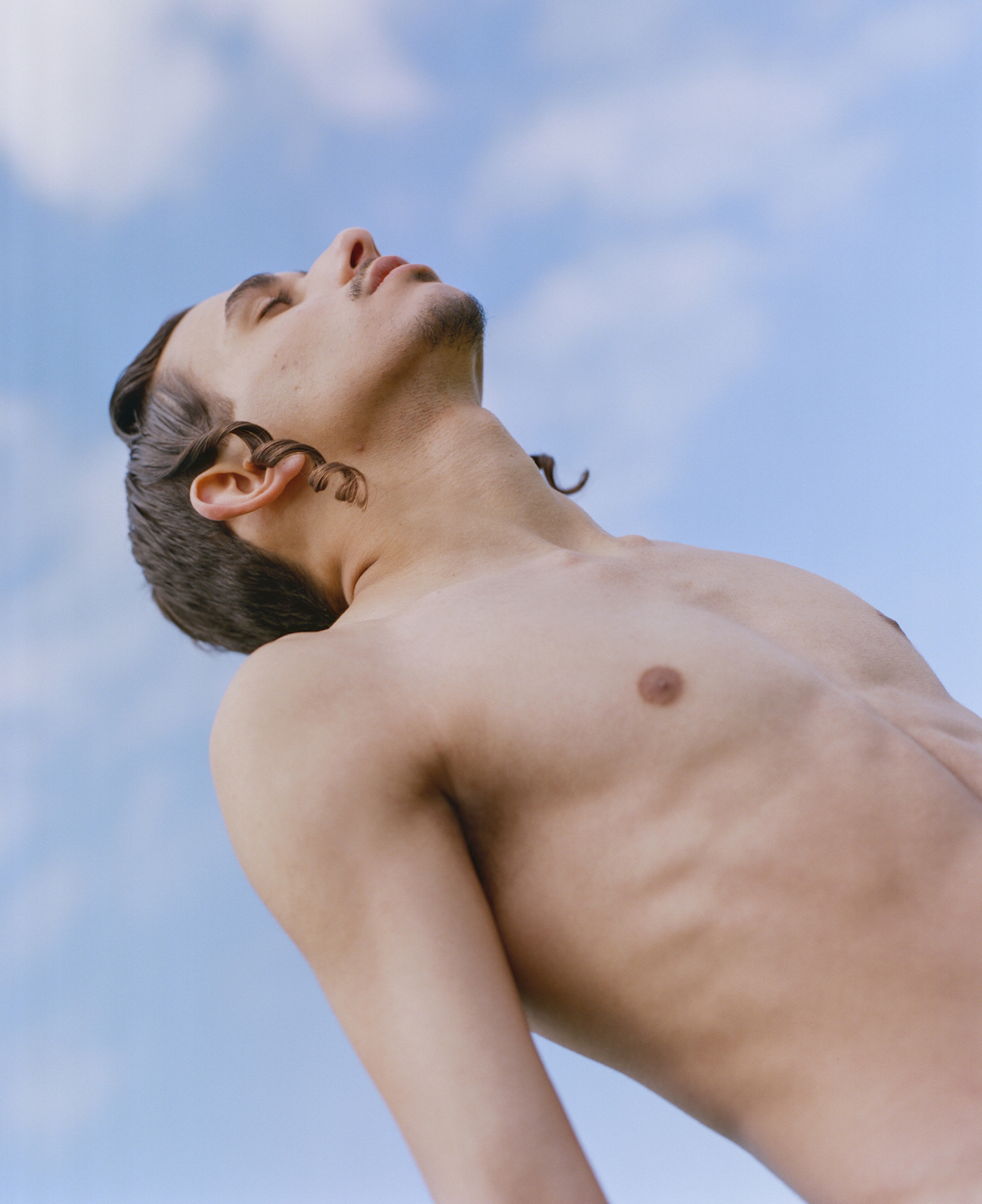Remember when Jean Paul Gaultier presented that controversial collection based on the Hasidic Jewish community’s “lewk”? (Chic Rabbis, A/W 93/94.) Israeli photographer Tair Adato likewise examines the crossover between fashion and religious tradition in his series The Rest Is Still Unwritten, in which he documents a stylish Orthodox Jewish teenager — and TikTok talent — unconventionally exploring his identity. This dynamic subject, Michael, resides with his devout family in Bnei Brak, while going out with liberal friends in Tel Aviv. In certain ways, Michael doubles as a stand-in for Tair himself, who has been uncertainly navigating his selfhood and his queerness within religious ritual.
The series poses thought-provoking questions about what being devout “looks” like, and the ways in which honoring tradition can expand or contract based on who is doing the framing. Michael weaves together signifiers of devotion, like tefillin-wrapped arms, yarmulke-topped heads, with contemporary youth culture — posing with friends by the sea, sporting concert T-shirts — and the mélange is as intriguing as it is unexpected.
Chatting at a café in Paris, Tair discussed navigating ancient practices in contemporary times, customizing one’s faith, and keeping family extremely separate from Instagram.
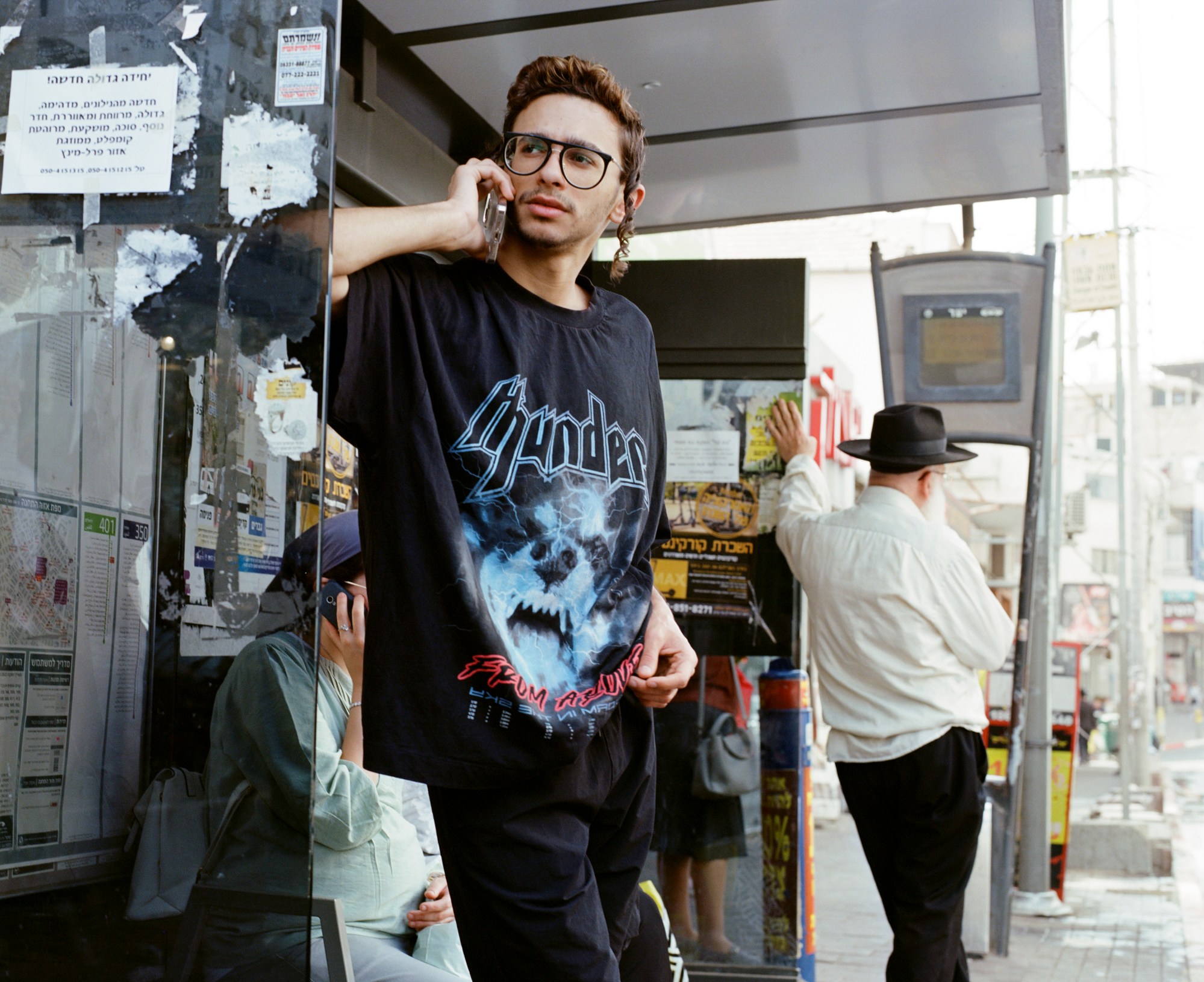
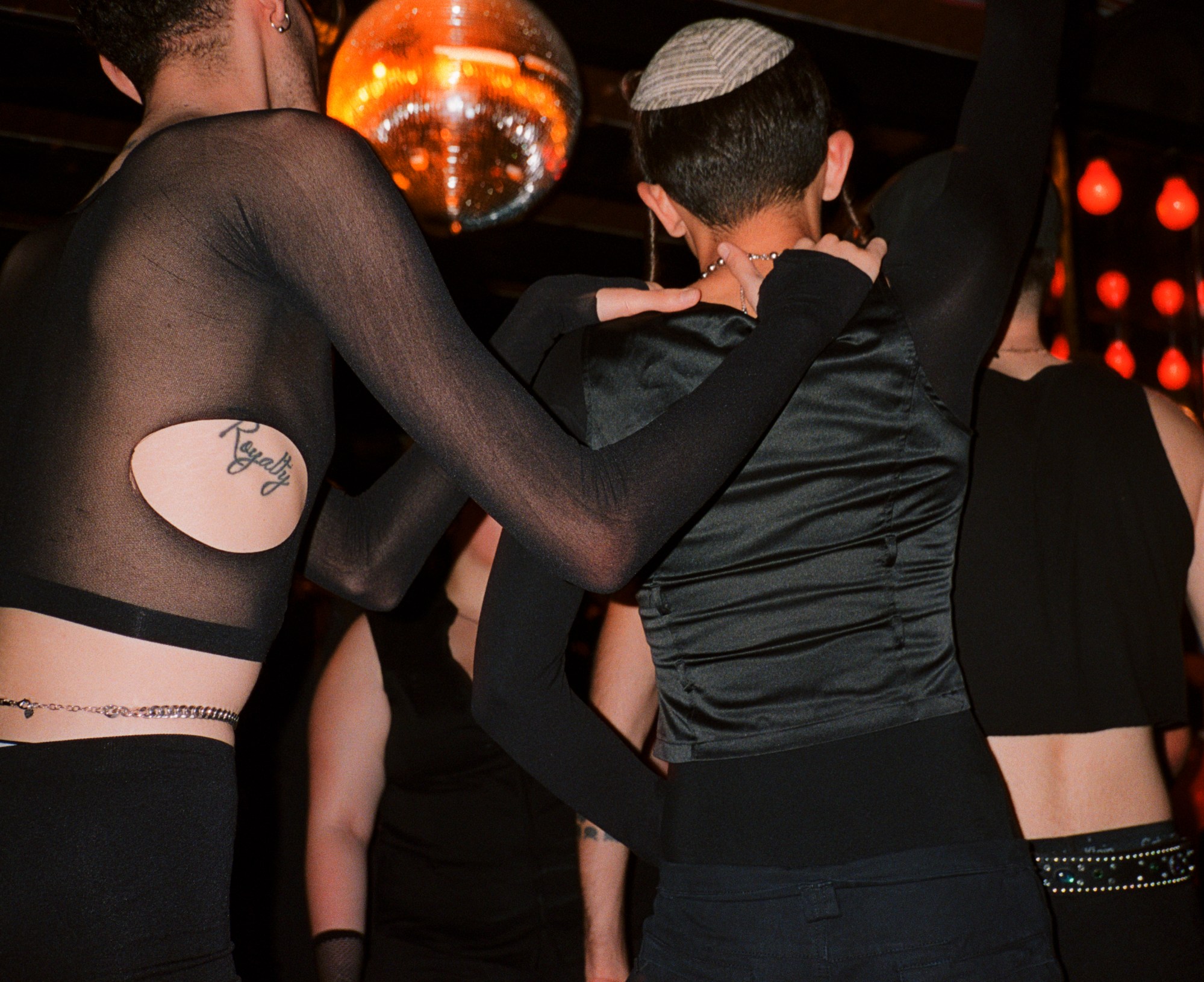
How did this series start?
I met Michael after friends of mine saw a boy they thought I’d be interested in getting to know. He had these payot [unshaved sidelocks worn by Orthodox Jewish men], but he was wearing very fashionable clothes. I didn’t know his name, but I found him on TikTok: dancing, showing off different clothes — very confident in front of the camera. He was feeling himself! I reached out to him via DM and introduced myself. I told him that I would love to have a call to explain what I want to do. We bonded really quickly. We found out we both have one brother and three sisters, we’re both Sephardic Jews, we both come from a religious family — and we’re both still dealing with that. I’m from a small village; my mom wears a head cover. I know for a fact that my family could never look at these images. Not because they don’t love me, but it feels really inappropriate for them. I’m showing work right now in Paris [in the group show Pink Matter] at Saint Laurent…
From a different series?
They’re photos I took at World Pride, on the 50th anniversary of Stonewall in New York, in 2019. It was actually my first Pride parade; it was very exciting. When I came out four years ago, my approach to photography changed: I started to focus on the LGBTQ community. In 2021, I was one of 20 photographers selected by Vogue Italia. It felt like: Someone sees me; someone thinks this is important. My family didn’t even ask what I’m showing, and I’m not going to tell them. Because — again — they can’t look at the images. Even if they were invited here [to see the show in France], they would never come. It’s something that I’m dealing with, and will always deal with. I would never have had the courage that Michael has at this age. He’s kind of like the hardcore version of myself.
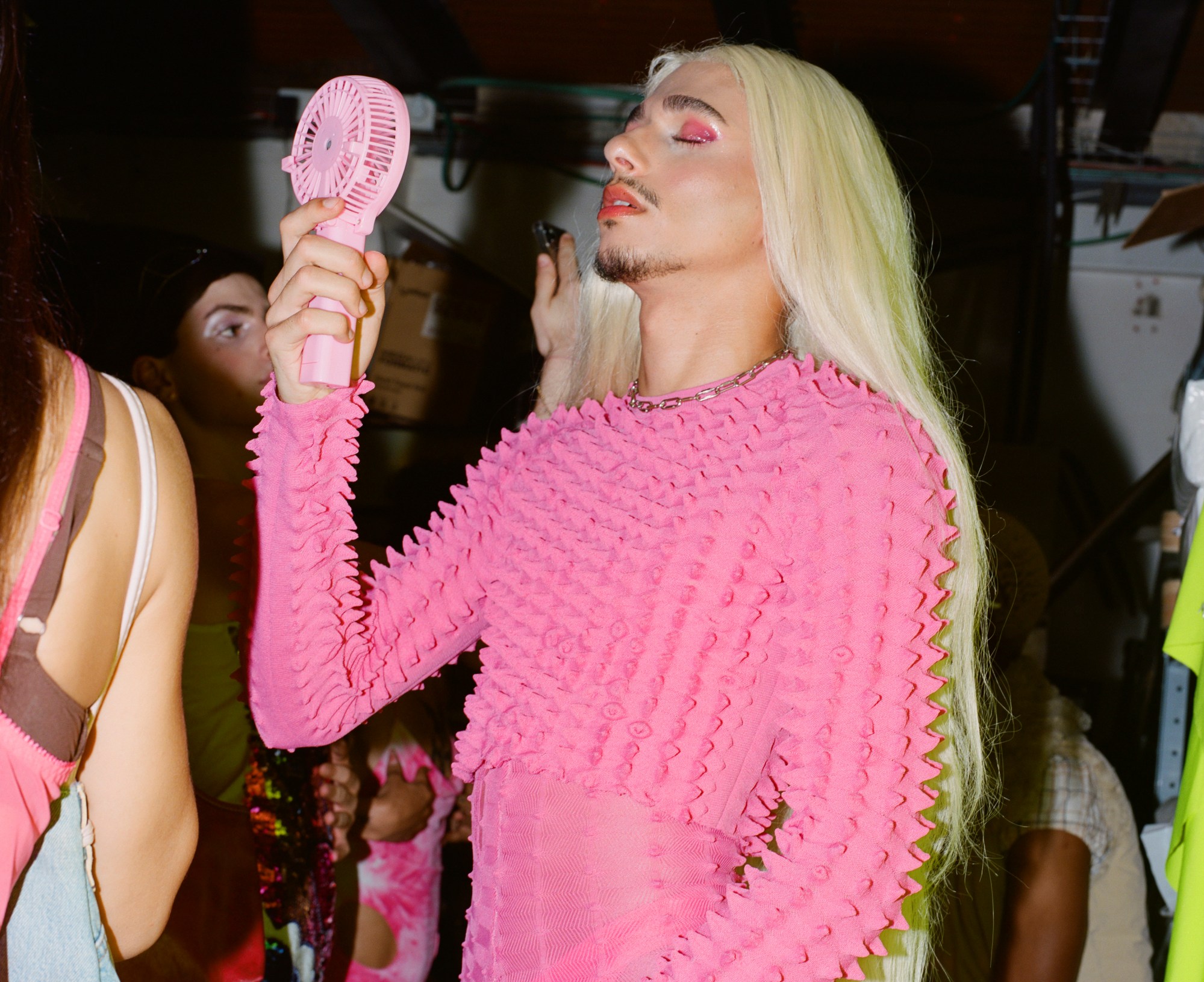
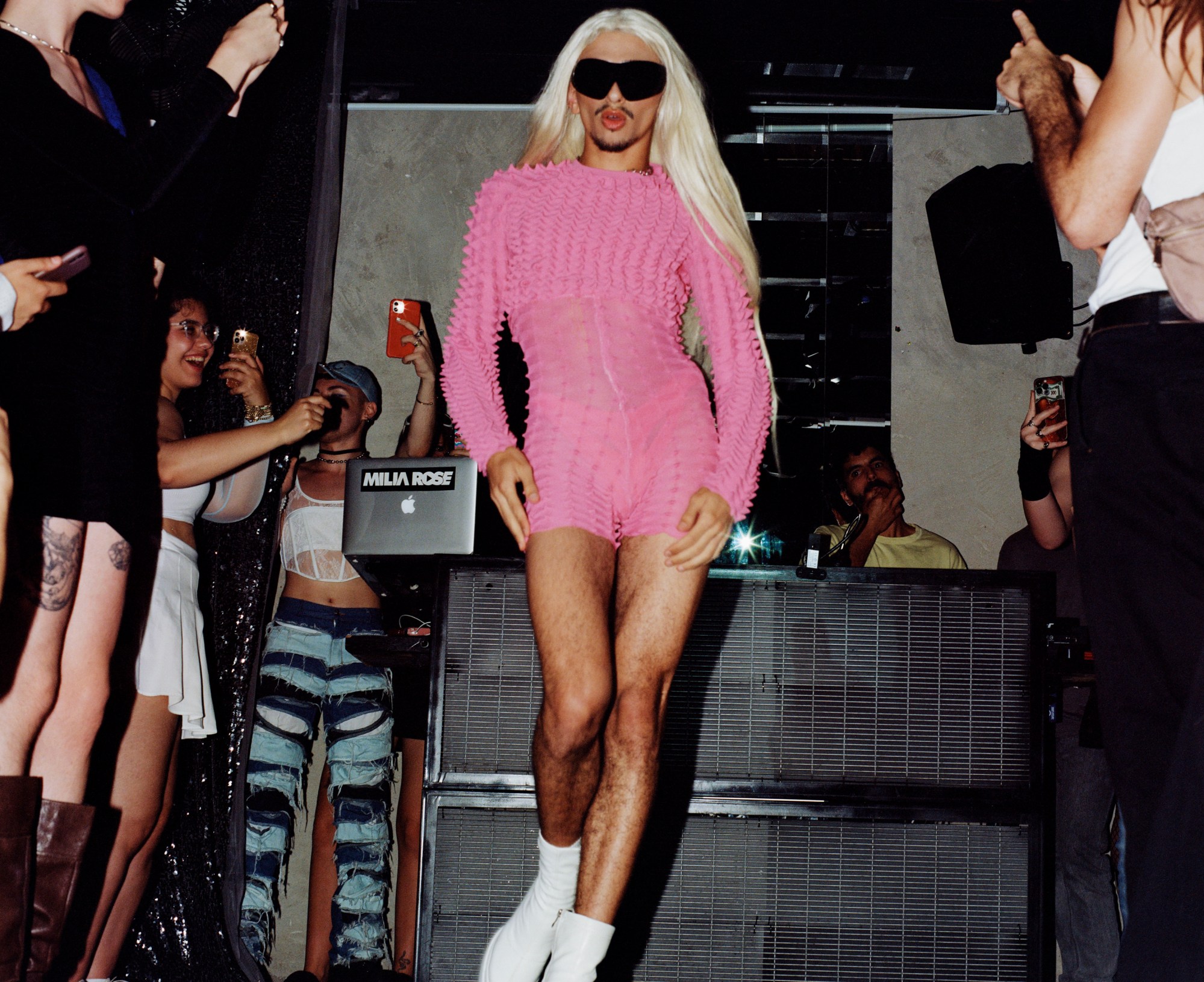
So how did things evolve with Michael?
I got to know him in person: we met outside his school and walked together to the bus station. We kept in touch with FaceTime and texts, and talked at least once a week. Between meetings, we built a friendship. I think this might be a lifetime project. I’m really curious to know what he’s going to be like in a year from now, five years from now. I photographed him at a vogue ball, for example. I always write down what he wore, what he told me. In the end, it’s stronger not to be too literal, to instead look at the world that Michael wants to see, that I want to see. Kind of a utopia celebrated our way, through our eyes. He just turned 18, so there’s so much for him to explore.
Given how insular the Hasidic community is, what introduced you to worlds other than the one you’d been brought up in?
Thanks to social media, you can reach out — to the world, or even next door. People can see posts not only in Tel Aviv, or in Israel, or if you’re Jewish. On TikTok, Michael could see young people his age not going to study the Torah — going to parties, on the street at a cafe. That’s the impact that these images have. One time, as I was taking photos of him, someone stopped him like, “OMG, are you Michael? I know you from TikTok!” Someone Hasidic, in black-and-white clothing — very religious. And I was shook! I was like, “What?!”
But another time I was photographing him in Galilee, in the north of Israel, and people looked at him [because of how he was dressed] like, “Oh, look at this guy” — and made comments. He just ignored it very calmly. I was like, “Wow, he’s just 17 and he knows how to deal with this”. He even made jokes, like, I’m used to it — you deal with it. He’s the main icon everywhere he goes. People really see him as someone.
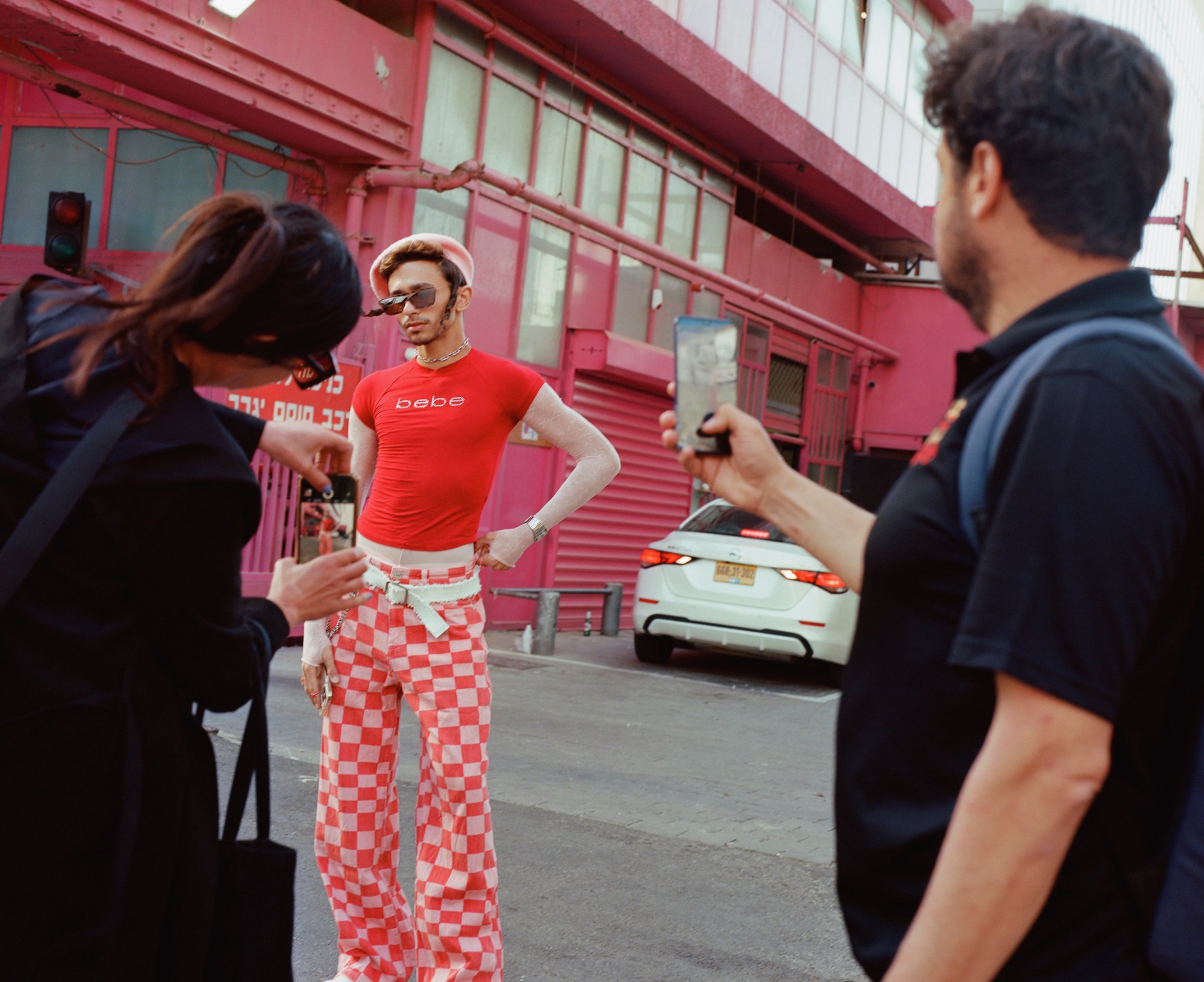
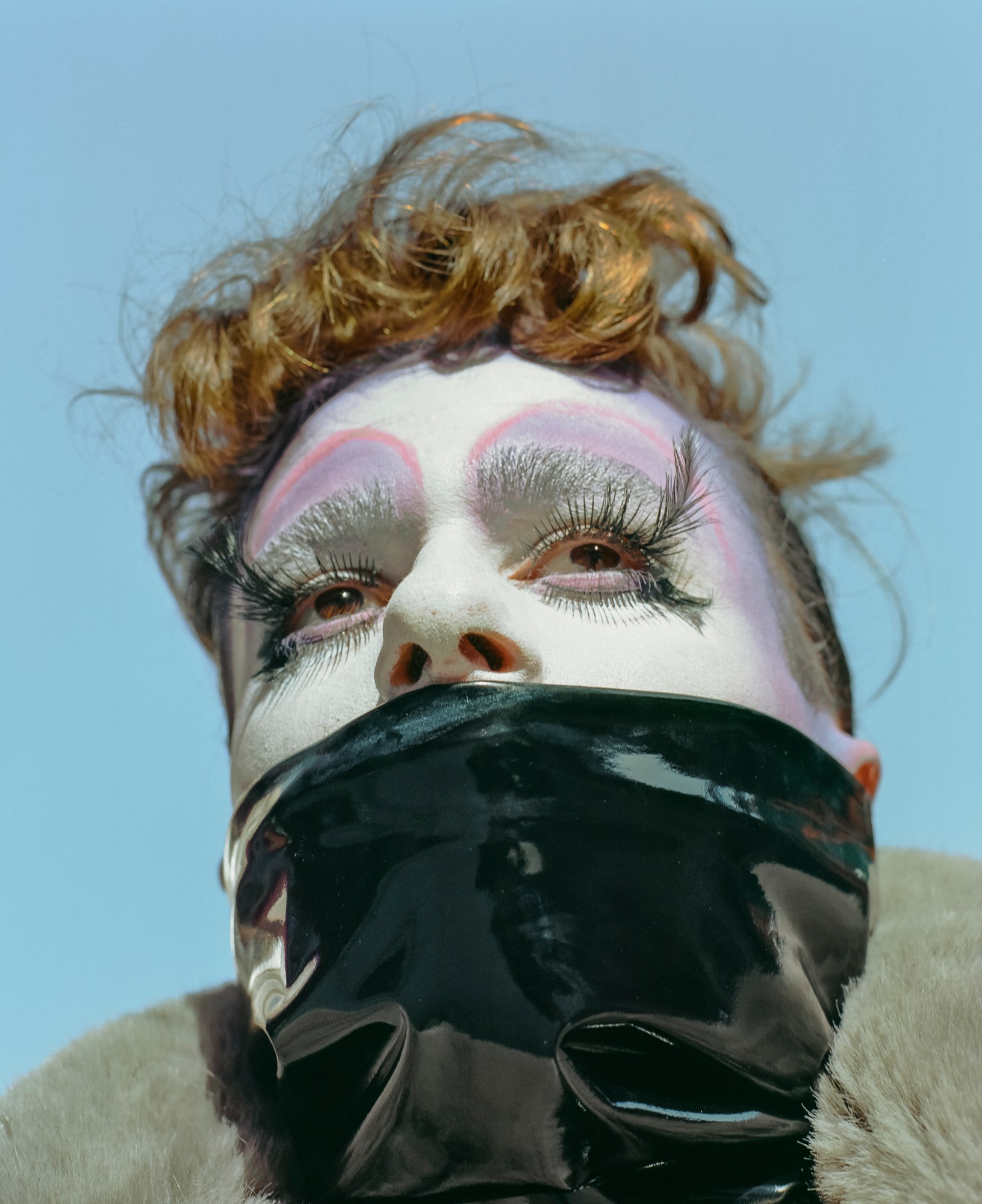
Michael clearly has incredible charisma. How do you think he manages to curtail certain behavior around family?
His connection with his mom is very, very strong. She is into fashion; they go shopping. When he was young, he and his sisters and mom would get ready together for events. He helped them with makeup, with clothes. They always asked him for advice, like “What’s the best outfit?”. He had visions of how they’d get out of the car when they’d arrive at an event — he already knew how that was gonna work, with the dress. So much attention to detail! His life is all about fashion. He loves to buy Mugler and do homages. He always felt like an outsider, but joked about it. He finished school this year, but didn’t have many school friends. His friends are from Tel Aviv: not religious, not from the same background. He’s always going back and forth.
But he never spoke about potentially pulling away from the strictness of his roots?
The most inspiring thing about him is that he really lives in his community. He believes in God so much. He’s really into Judaism. He takes some things from it — and also he doesn’t. And at the same time, he really believes in the other world he wasn’t born into. Myself, I fast on Yom Kippur, I talk to God; I’m a believer. I don’t eat kosher. Michael does. We take things, or don’t, in our own way. I’m photographing someone else — not a self-portrait, not my surroundings — but it’s still so personal, and very similar to what I was dealing with. I’m telling you this so easily right now, but… I still cry! My partner and I have been together for two years, and he can’t enter my parents’ house. Sometimes when I wake up in the morning, I don’t really think about it. But it’s always there. At the same time, everything in my life is open now: it’s the bravest thing I ever did. As a boy, I never brought friends to my house, I didn’t share my story. Now it’s something I’m proud of. I’m from a religious family, but I’m covered in tattoos. “Deal with it,” as Michael says. You can be bold, and it doesn’t mean that you’re less Jewish.
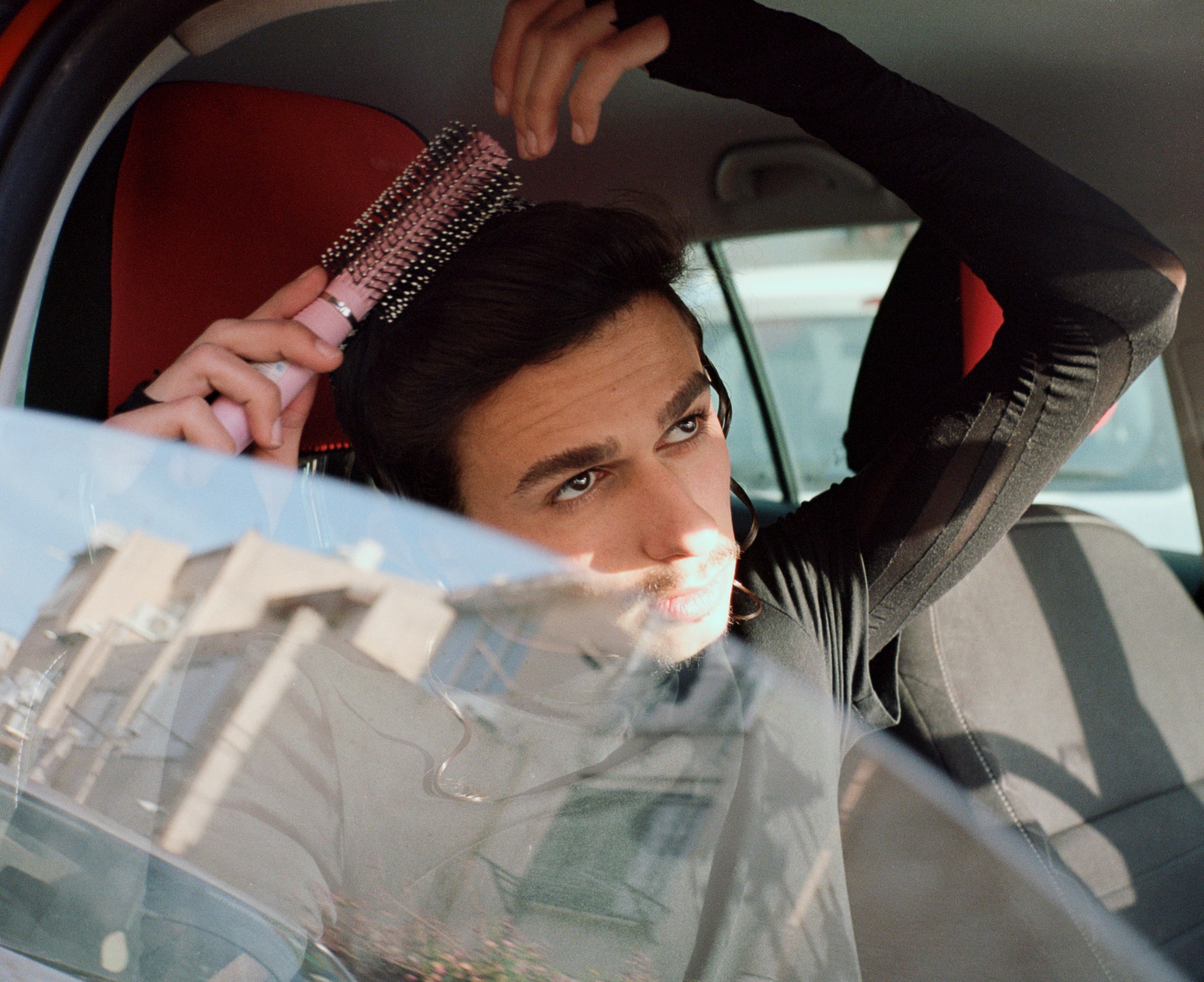
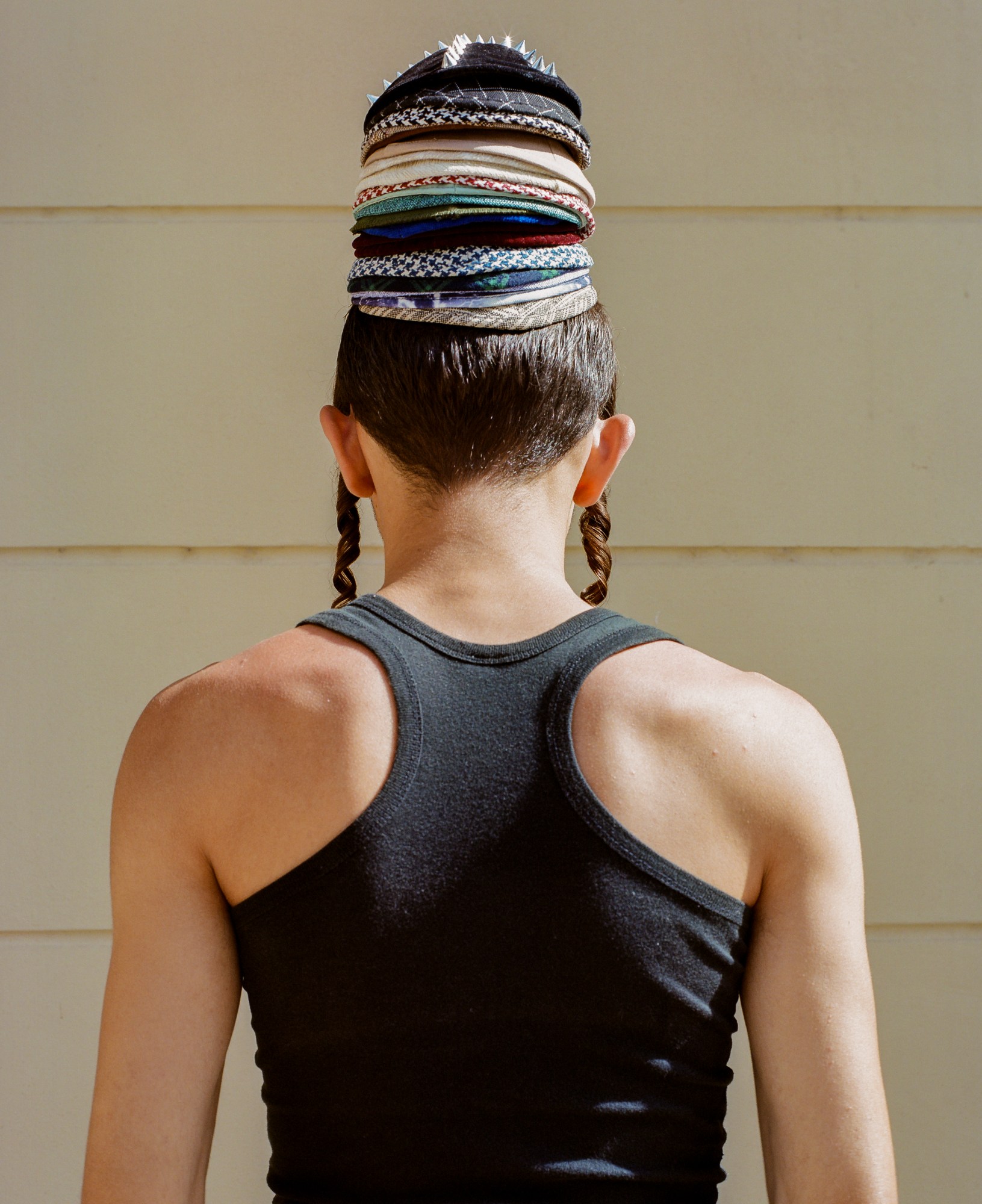
What helped you understand that you can honor your heritage by doing what works for you, without being a hardliner? To be practicing, but still your full self?
I ran away for years. Michael never did. But me, I didn’t want to be part of it. It came back to me when I was far from my parents’ house, far from my country. It was in New York. One evening, talking with a friend of mine — also Israeli and Jewish — she told me she was going to fast for Yom Kippur. I was like, “Wow, it’s Yom Kippur?! Okay, good luck.” And then I was like “…Maybe I should fast too?” I felt the urge to do it. Ten minutes later, I was hardcore: no electricity, no water, not in touch with my mom or friends. I remember walking like a zombie in Chinatown and crying. I really wanted to do things that are part of my culture, my religion. I can manage to do it in my own way. I’m wearing my Star of David, and my hamsa. It was all small steps, until this project.
You said Michael hasn’t run away, but it seems like reconciling the two extremely different worlds is ultimately untenable. Anyone in that situation will reach an impasse.
He uses it as power, and I think that I’m using it now that way myself, to better understand the world that I live in, where I’m coming from and who I am as an individual. At the same time, it’s like, How?! How can you do it this extremely? It’s very ridiculous. My birthday was two months ago, and when I was eating cake, my mom wished for me to have a wife and kids. She knows I’m in love, for two years, with a boy… but still wishes me that?! Of course, it upset me. I couldn’t finish the cake, and I was crying on my birthday. It’s like, How could you? I wish something would shift. But for them, it’s hard to understand, because they come from a very different background. They see it all differently. But I will always love her and be in touch with her.
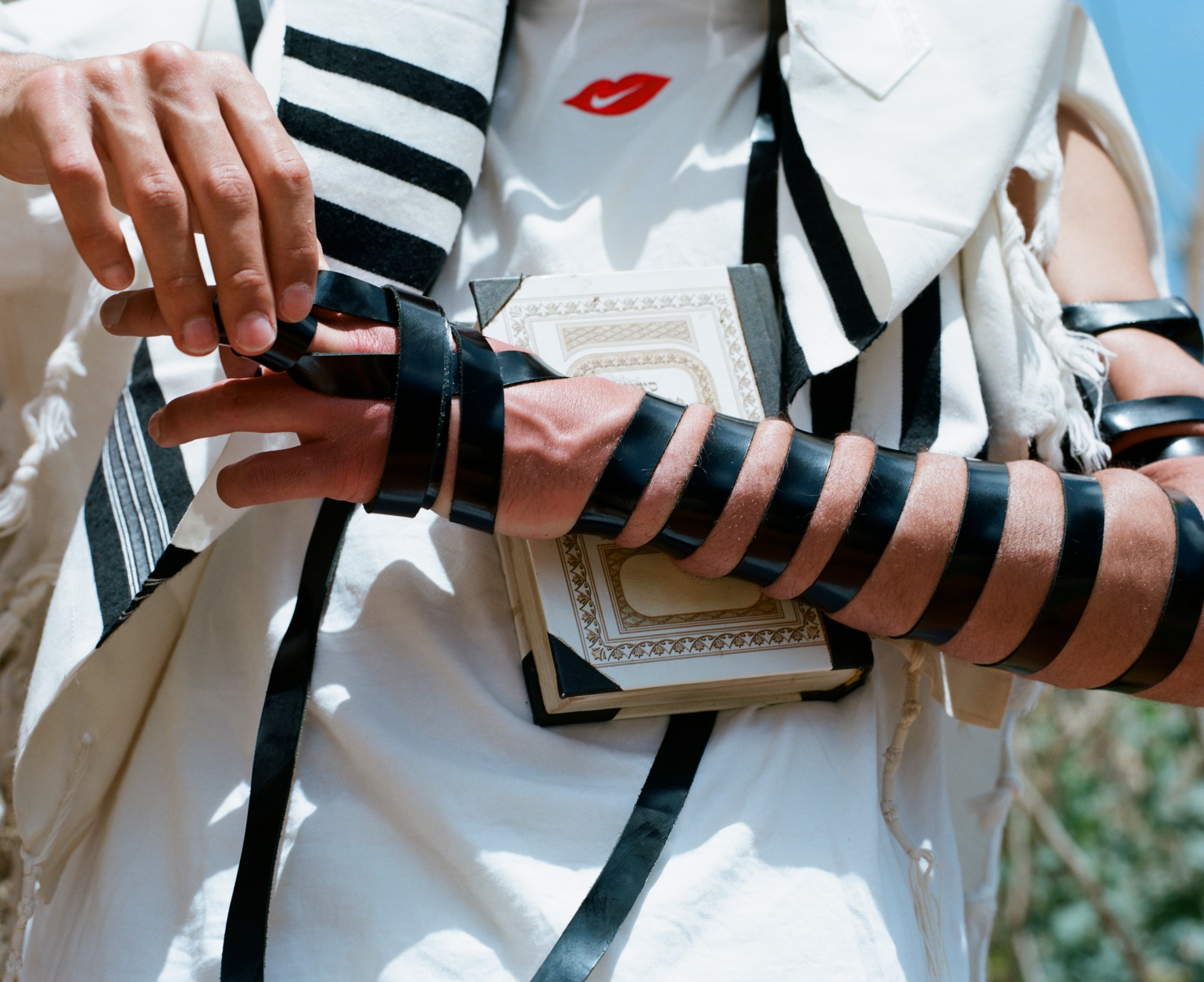
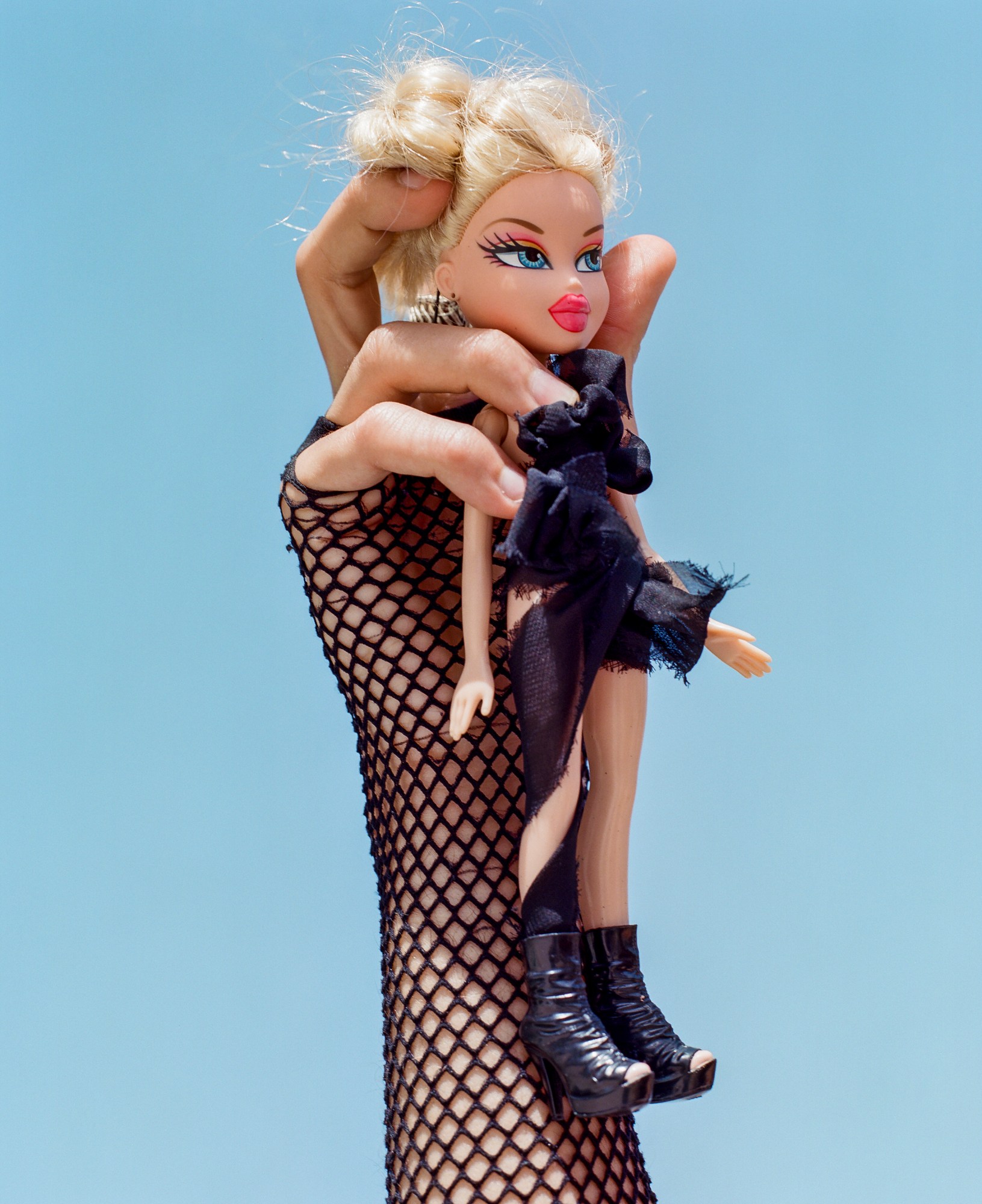
How much should one try to push for understanding, provoke new parameters or conversations? You risk pushing someone away — at the same time, they’re not going to be introduced to new ideas by other means, right?
I’m still dealing with a phone call from my mom from a week ago. She asked me: “What does your Instagram look like?” I was like, “Why?’ She answered: “Just, you know, think about us. If your cousins, or others, are following you.” I was like, ‘Look, that’s my work. I will do my best to respect you, but I can’t shut down my own voice for you. I’m going to show work, even if it’s ‘not appropriate’ for my family.”
Are they on Instagram…?
No, they’re not — just some young cousins, maybe. But I’m trying to think of my own mental health. Like, can I be in touch with my mom, and still love myself? It’s not easy. I do the work I want to do, but sometimes I get in my head with my family. That was the idea behind this series: celebrating how we see the world, and not how they see us.
Credits
All images courtesy Tair Adato
Follow i-D on Instagram and TikTok for more stories on identity.
